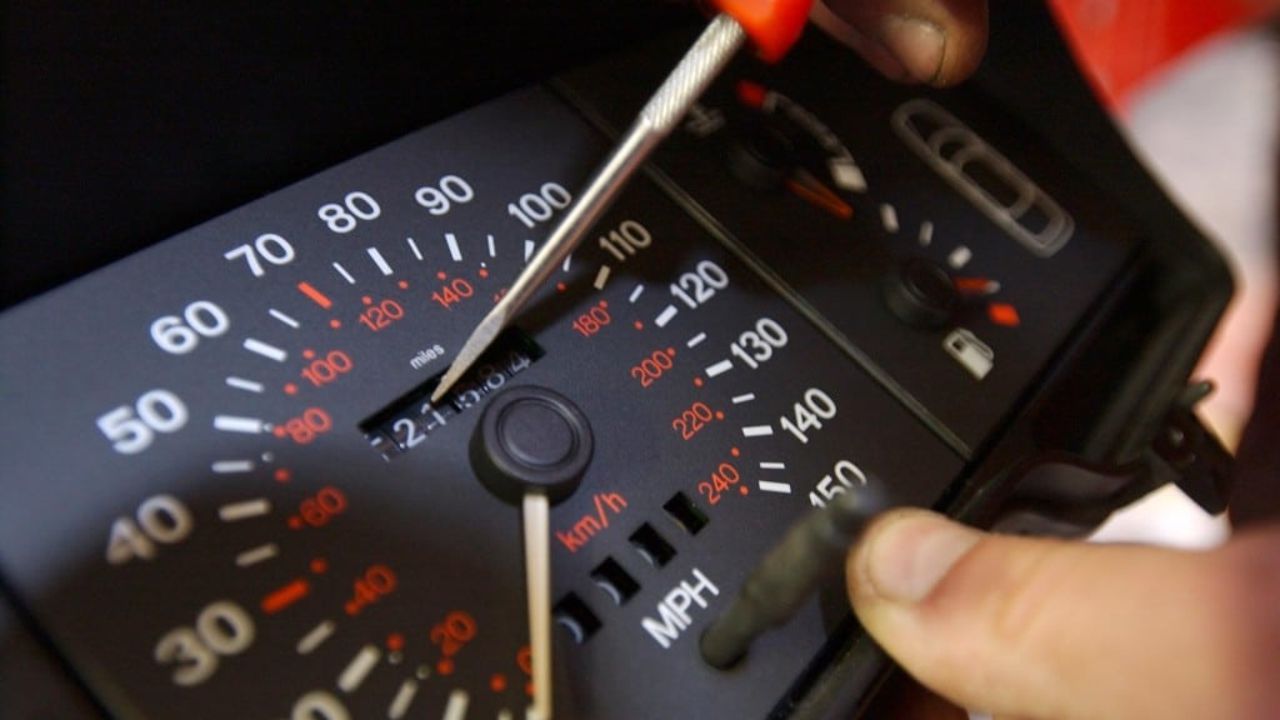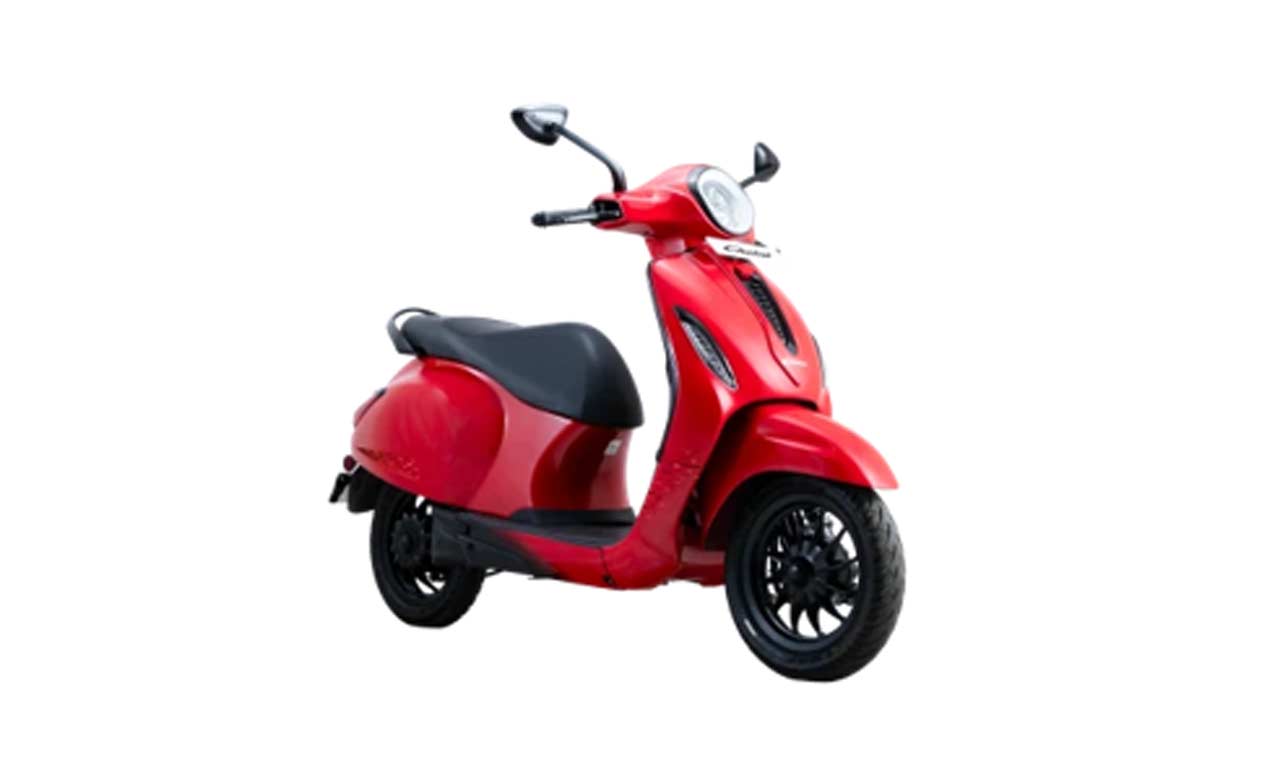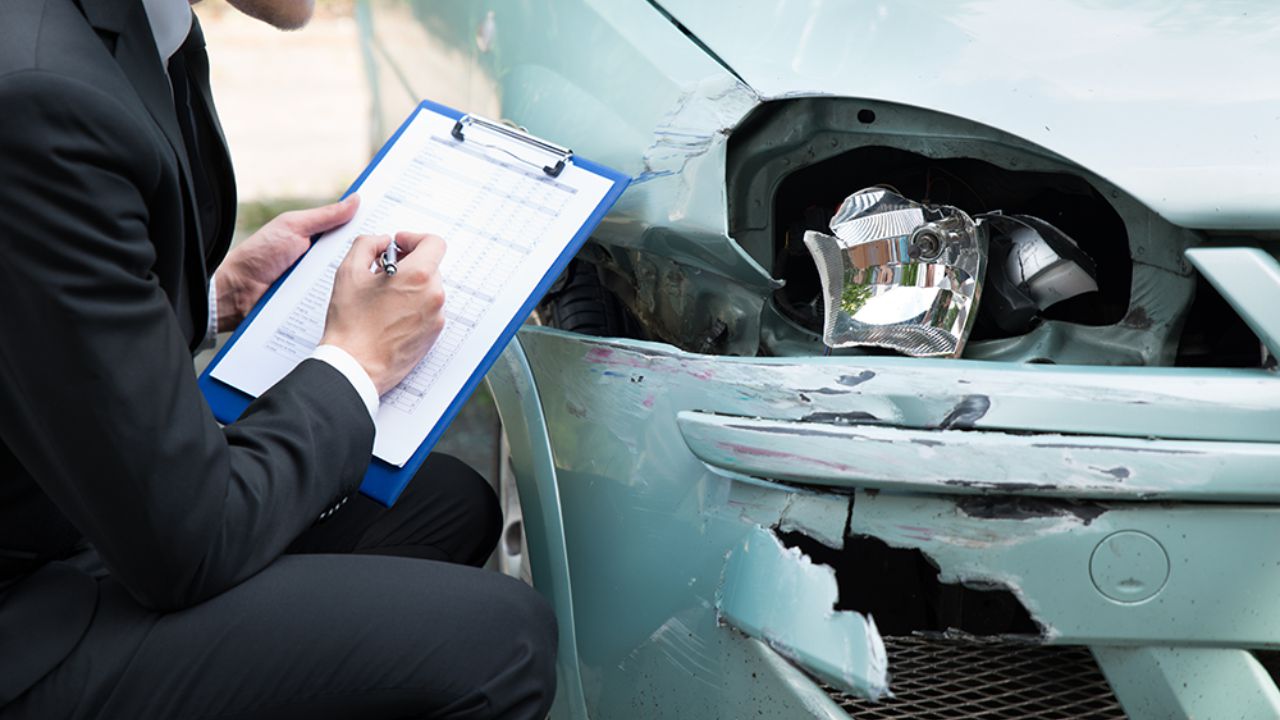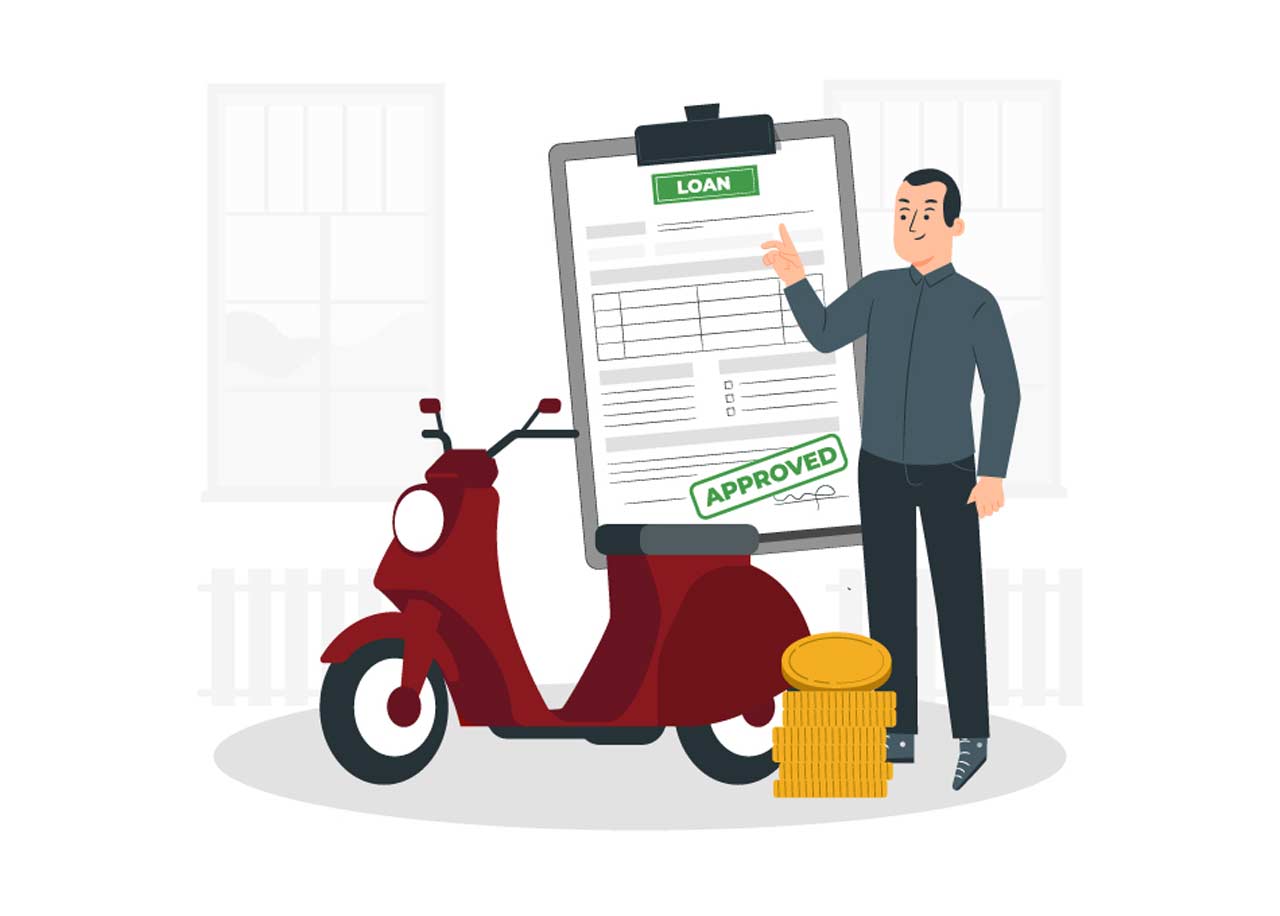
Paint protection film (PPF) is a clear layer of protection applied to your vehicle’s exterior that helps prevent paint from fading and can add value to your vehicle. However, it’s important to know the facts before you decide whether PPF is right for you. In this guide, we’ll cover everything you need to know about PPF so that you can make an informed decision about whether to have it installed on your car.
What is paint protection film?
Paint protection film (PPF) is a thin plastic film that’s applied to the surface of your vehicle. It’s made from polyvinyl butyral (PVB), which is a type of plastic that’s resistant to scratches and dents.
The purpose of paint protection film is to protect your car from getting dinged up by rocks or other objects on the road, as well as keep its body intact when you drive through puddles or over speed bumps.
How does a PPF work?
Paint protection film (PPF) is a thin, clear film that’s applied to the exterior of your car. It prevents scratches and dents from occurring in the paint, which can be caused by rocks and other debris kicked up from other vehicles on the road or even small rocks that fall off of trees.
The PPF can be applied by professionals who use high-quality tools to ensure you get an even application over all surfaces of your vehicle. The process takes about two hours per car and costs around $200-$400 depending on where you take it done by professionals or if you do it yourself. It’s worth noting that PPF can be applied to any vehicle and is a great investment for anyone who often drives or in an area that has lots of debris on the road.
Advantages of the PPF over traditional waxes and paints
Paint protection film (PPF) is a thin, clear film that can be applied to the painted surfaces of your car. It’s a durable, clear coating that protects your car from scratches and dents. When it comes to PPF vs traditional waxes and paints, there are many advantages to using this product over traditional methods:
- Durability – Paint protection films last much longer than traditional waxes or paints because they don’t have any bare metal to wear away at all! You won’t need to reapply PPF as often as you would with other types of car care products because its protective layer remains intact for years on end–even under harsh conditions like saltwater exposure or extreme heat/cold weather conditions!
- Protection – Paint protection films keep paint jobs looking brand new by preventing scratches from occurring during normal driving conditions (such as gravel roads). They also offer added protection against UV rays, which can fade away the coloration over time if left unprotected by anything more than basic washing & drying processes (which isn’t enough).
- Speed – Paint protection films are much faster than traditional waxes or paints because they can be applied directly onto the surface without having to wait for it to dry! This is especially important when you’re trying to get back on the road quickly and don’t want to wait around while your car sits there with wet paint.
Disadvantages of the PPF
While PPF does offer many advantages over traditional paints and waxes, there are also some disadvantages to be aware of. The first is that PPF does not protect against rust. If you live in a humid climate or near salt water, you may need to maintain your vehicle with a separate rust protection product if it’s going to be exposed for extended periods of time.
Another disadvantage is that the film does not protect against scratches as well as traditional waxes and paints do; however, this can be mitigated by choosing a high quality film (see below).
Lastly, while it is extremely durable compared to most other paint protection films on the market today – especially when applied correctly – it still isn’t as durable as a traditional wax or paint job would be over time due mainly because they’re designed differently: while traditional products offer protection from environmental elements such as UV rays and moisture; PPFs focus more on providing resistance against scratches rather than preventing corrosion caused by these elements directly impacting unprotected metal surfaces underneath them (this means most people won’t see any significant difference between how long either lasts before needing reapplication).
Important points to consider before buying a paint protection film for your car
- The right film for your car
The first and most important thing to consider when buying PPF is the right film for your car. This means getting a film that is custom-made for your vehicle and installed by a professional. You also need to make sure that the installer uses UV-resistant 3M adhesive, as this will ensure maximum longevity of your paint protection film.
- Getting it installed correctly
The second most important aspect of PPF installation involves getting it done correctly by an experienced PPF installer in Mississauga like ID Protection who knows how best to apply their products without damaging any parts of your vehicle (such as its paint job). If you’re considering doing this yourself at home or hiring someone who doesn’t have experience doing so before now, then we strongly recommend against doing either option!
There are a lot of things to think about when it comes to installing PPF, including the correct tools and materials needed for installation. It’s also important to keep in mind that you should never install film on a hot car or one that has just been driven; both will cause the adhesive not to bond properly. Instead, wait until your car has cooled down before beginning installation.
How much does it cost to install a paint protection film on your car?
The cost of a PPF installation can vary depending on the size and complexity of your vehicle. For example, if you have a small car with little or no curves in its design, it will be much easier to install than a larger vehicle with complex curves. The same goes for designs that are more intricate than others–they too will require more time and labor during installation.
The average cost is around $150-$300 per square foot (depending on what kind of film you choose). This means that if your car is 10 feet long by 5 feet wide (50 square feet), expect to pay somewhere between $750-$1,500 for installation.
Paint protection films are one of the best ways to protect your car’s exterior from scratches and dents
Paint protection films are one of the best ways to protect your car’s exterior from scratches and dents. A paint protection film is a thin, clear film that is applied to the car’s exterior by trained professionals. This film protects areas like bumpers and fenders from wear and tear caused by everyday use, allowing them to retain their original appearance for years longer than they would otherwise.
Paint protection films can also be used on glass windows or mirrors as well!
Conclusion
Paint protection film (PPF) is a great way to protect your vehicle from scratches, nicks and chips. PPF can also help prevent rusting of metal surfaces like door jams, rocker panels and fenders. Paint protection film can be applied to just about any surface on your car or truck, including paint, glass and even plastic trim pieces such as headlights or tail lights!








